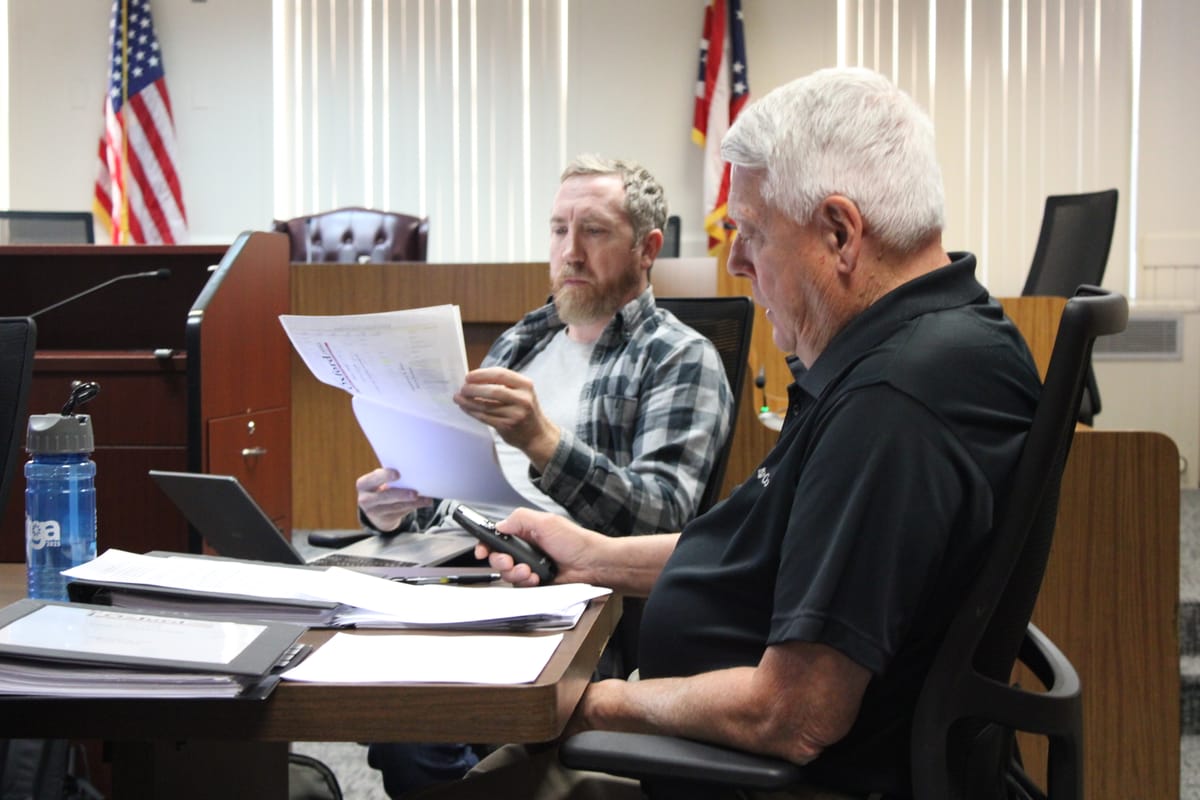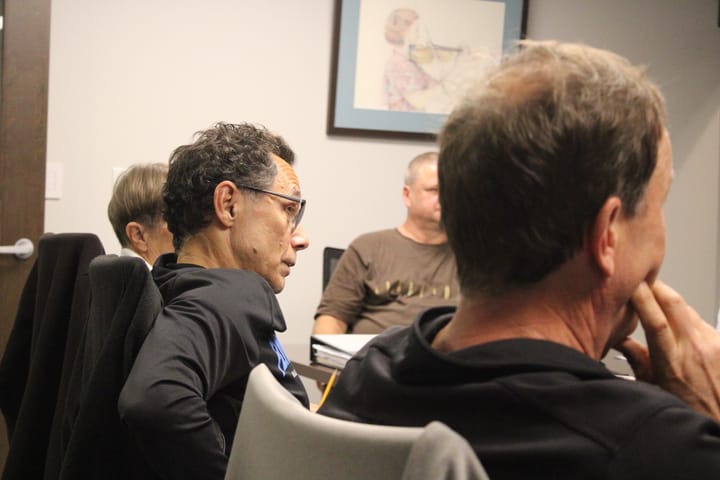Oxford City Council discusses projects, equipment during Capital Improvement Plan work session
The Oxford City Council met for a work session to discuss its Capital Improvement Plan (CIP) earlier this month.

The Oxford City Council met for a work session to discuss its Capital Improvement Plan (CIP) earlier this month.
The CIP is a plan of action for purchasing equipment and constructing capital projects. The CIP proposal that Doug Elliot, city manager, presented to council this month laid out expected costs for those actions between 2026 and 2030 if the council chooses to proceed.
Elliot said projects are submitted for the CIP by city department heads. Everything listed in the proposed CIP will be incorporated into the city manager’s 2026 Proposed Operating Budget, which will be reviewed with the city council during a work session on Oct. 9.
Any changes the council requests, Elliot said, will be incorporated into the budget proposal, which will be placed on the council’s agenda for first reading on Nov. 4 and for a second reading on Nov. 18. If the council adopts the proposed budget ordinance, it will be effective for the fiscal year beginning Jan. 1, 2026.
“Our overall goal has been to maintain the city’s generally healthy financial condition, adequately fund existing services and plan for needed capital improvements,” Elliot said.
Last year, Elliot said the CIP was the largest proposed and adopted by the council, and included a proposed water softening plant at just under $20 million that was included in the 2025 budget ordinance. He said the construction projects listed on last year’s CIP cost double the proposed amount for this year due to the plant.
While the plans for the plant haven’t been finalized, Elliot said he’s still waiting on an approval letter for the project from the Ohio Environmental Protection Agency. He said he’s hopeful the project will be approved by the end of October so the city can post it for bids.
The newly proposed CIP includes construction projects of over $16.5 million for 2026, of which over $8.4 million are wastewater improvement projects (51.1%), and over $7 million (42.9%) are general fund projects.
It also includes over $1.8 million in equipment expenditures for 2026, for a total cost of more than $18.3 million.
Some of the more costly projects included installing a rail platform for an Amtrak passenger train stop that is now expected to cost an estimated $4 million.
Other projects in the proposal include street resurfacing and repairs to cost $650,000, an Oxford Area Trails System (OATS) feasibility study for a connection from Contreras to Merry Day Park to cost $915,000, and a storm water replacement project on Bonham Road to cost $475,000.
Some of these projects are contingent upon state grants, according to Elliot, including the trail feasibility study, which would rely on a grant from the Ohio Department of Transportation, and the storm water replacement project, which would rely on a grant from the Ohio Public Works Commission.
Proposed funding for street surfacing and repairs was bumped from the original $600,000, Elliot said, although proposed funding for bike and pedestrian infrastructure remains the same at $50,000 annually.
Elliot said some of the most significant projects on this year’s CIP are the wastewater treatment projects, which “provide essential services for city residents and businesses.”
For example, there is a line item for biotower media replacement, which would cost $5.7 million, as well as repairs to concrete primary tanks and other replacements to cost $2.5 million.
Elliot also discussed the possibility of either renovating or replacing the courthouse. Currently, the CIP includes $15,000 for improvements to the municipal building and courthouse, but Elliot said there have been discussions about building a multi-story structure that could include student housing in the upper level.
“The Courthouse is in need of major repairs or replacement,” Elliot said in an email to the Oxford Free Press following the meeting.
He said one idea he had was to build a new structure on the site of the courthouse at 118 W. High St. that would house the Area I Court, the city council, the Board of Zoning Appeals meetings and planning meetings. The new structure would also have additional floors for student housing, with the income from the rentals to offset the costs of building the structure.
“The city will need to complete a feasibility/space needs study to review several options with city council so that council can make an informed decision about whether to repair or replace the structure built in 1907,” Elliot said in the email.
The CIP also includes, among several other water improvement projects, a proposed $100,000 for lead service line replacements. According to service department director Mike Dreisbach, there are around 65 to 70 known lead service lines, and the city has replaced about a dozen this year.
From the EMS/Fire Fund, the CIP includes a proposed $425,000 to replace a 2010 ambulance among other equipment.
More items included in the proposed CIP were pickleball courts, playground improvements, aquatic center maintenance, uptown district pear tree replacement and storm sewer infrastructure among several other projects and equipment.
Of the projects recommended for the capital improvement and equipment (general) funds alone, costing over $7.8 million for 2026, Elliot said 31% of the funding will come from those two funds, while other grants and contributions are expected to cover the other 69%.
“All the projects proposed are important and add to the quality of life for residents and businesses,” Elliot said.




